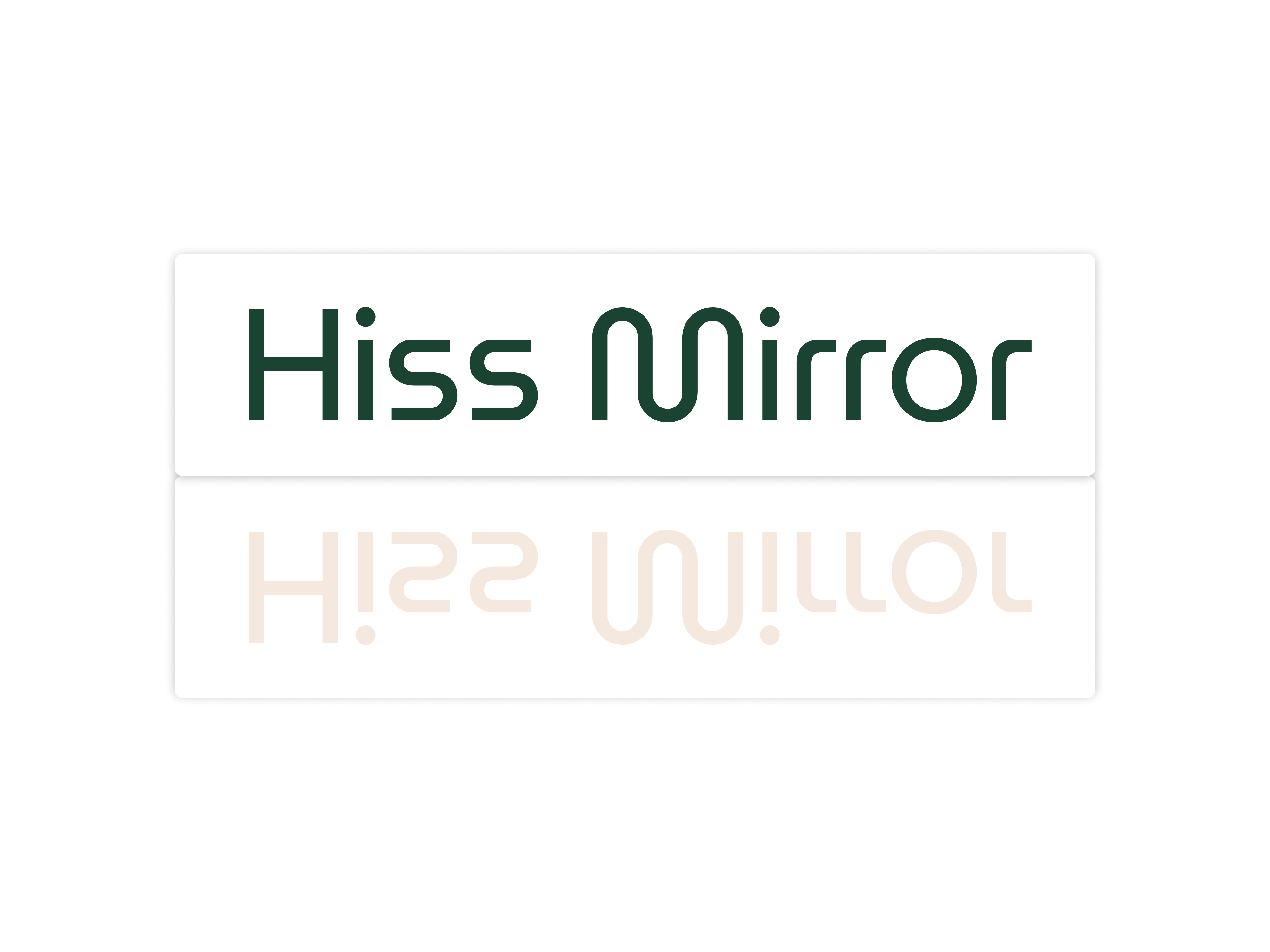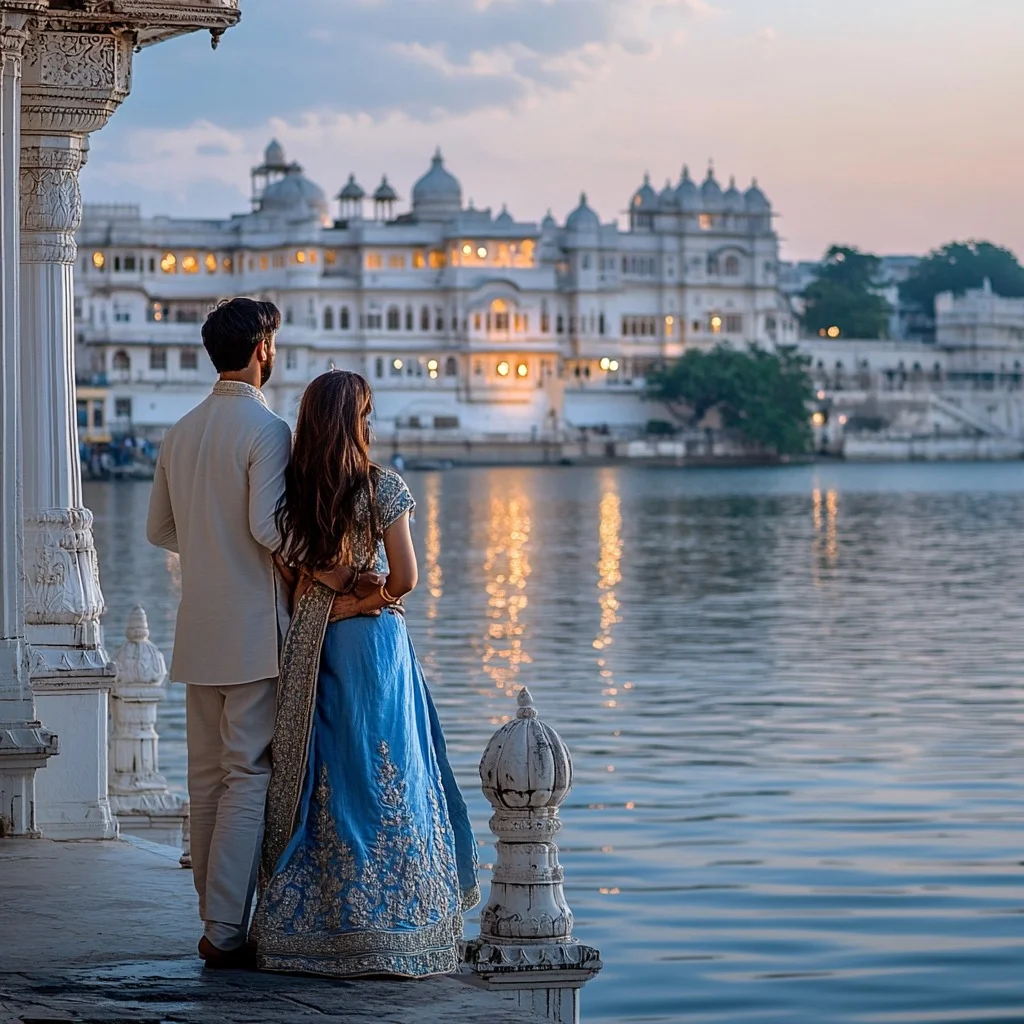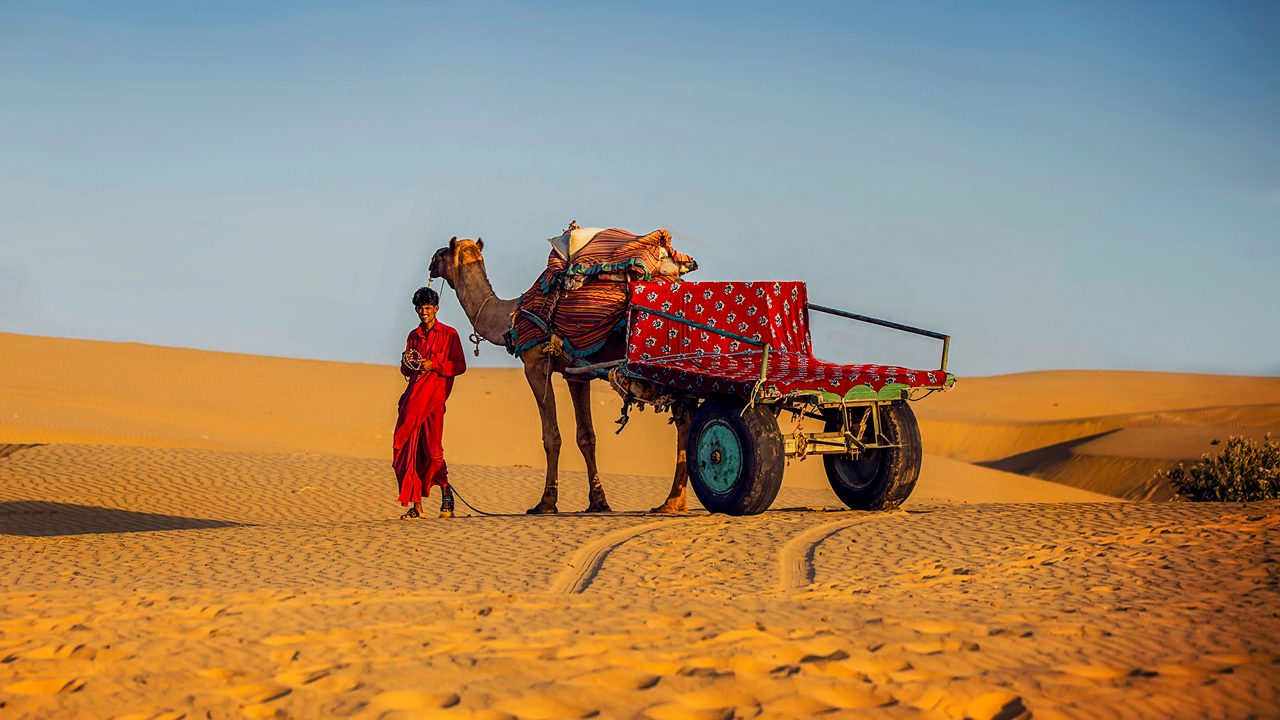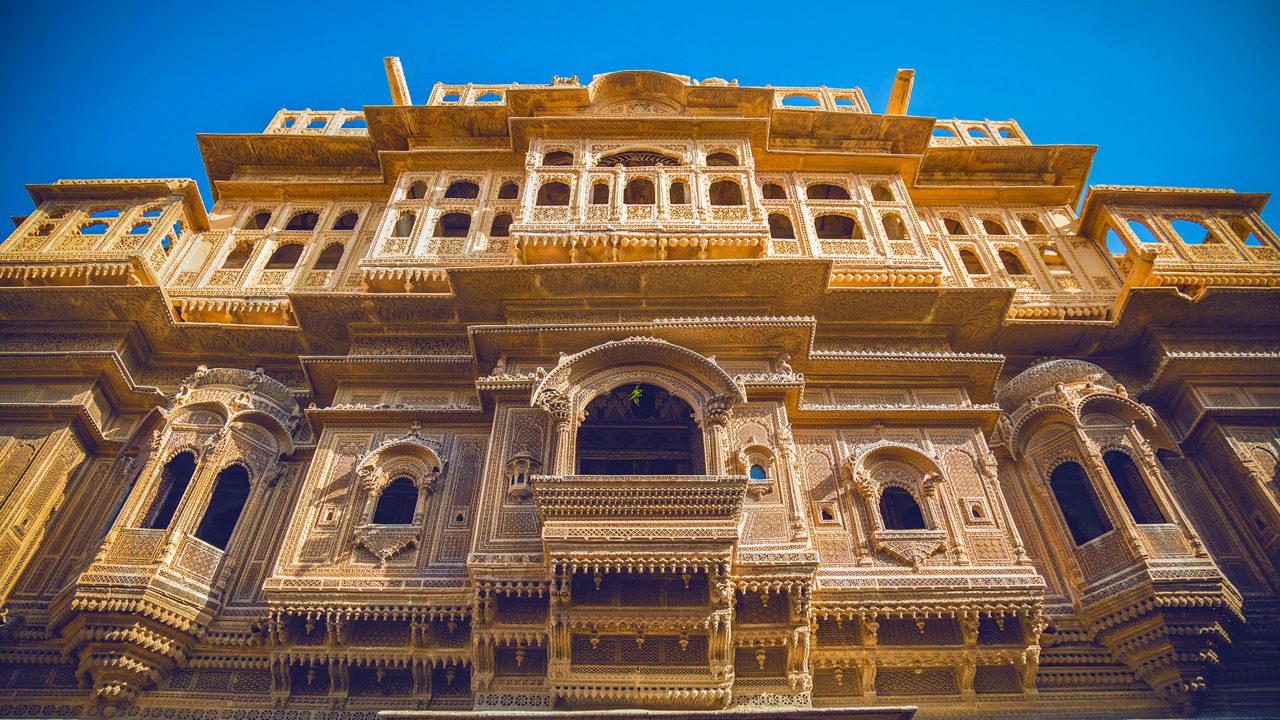The Royal Legacy of Miniature Painting in Rajasthan

Rajasthan is a land of vibrant culture, rich heritage, and exquisite craftsmanship. Among its many artistic traditions, Miniature Painting stands out as a remarkable form of expression, known for its intricate details, vivid colors, and storytelling elements. Originating from royal courts, this centuries-old art form continues to captivate art enthusiasts worldwide. In this article, we will explore the history, techniques, themes, and significance of Miniature Painting in Rajasthan while connecting it to related traditional art forms like Pichwai Paintings and Birds on Canvas artwork.
Origins and Evolution of Miniature Painting in Rajasthan
Miniature painting in Rajasthan traces its roots to the Rajput courts of the 16th century. Influenced by Persian, Mughal, and local Indian art traditions, Rajasthani miniature paintings developed distinct regional styles. The Rajput rulers, patrons of art and culture, encouraged artists to depict epic tales, royal lifestyles, and spiritual narratives through their work.
Initially, these paintings were created on palm leaves, later transitioning to handmade paper and silk. The delicate detailing, natural pigments, and use of gold and silver leaf made these artworks prized possessions. Over time, various schools of miniature painting emerged, each reflecting the unique characteristics of the regions they represented.
Different Schools of Rajasthani Miniature Painting
The art of miniature painting in Rajasthan flourished in several princely states, leading to the development of different styles. Some of the most prominent schools include:
1. Mewar School
-
Originated in Udaipur and surrounding regions.
-
Focused on depicting scenes from the Ramayana and Mahabharata.
-
Characterized by bold colors, detailed landscapes, and expressive figures.
2. Marwar School
-
Popular in Jodhpur, Bikaner, and Jaisalmer.
-
Showcased hunting scenes, royal portraits, and courtly life.
-
Used warm colors with intricate detailing.
3. Bundi-Kota School
-
Flourished in Bundi and Kota.
-
Famous for depicting monsoon scenes, forests, and wildlife.
-
Used soft color tones and delicate brushwork.
4. Kishangarh School
-
Known for its elegant portrayal of Radha-Krishna and celestial beauty.
-
Bani Thani, an iconic painting from Kishangarh, represents ethereal feminine grace.
-
Used elongated eyes and graceful features in figures.
5. Bikaner School
-
Influenced by Mughal art, featuring detailed Persian-style miniature works.
-
Included portraits, calligraphy, and intricate floral motifs.
Themes and Subjects of Miniature Paintings
The themes of Rajasthani miniature paintings are diverse, often inspired by mythology, history, and daily life. Some of the most common themes include:
1. Religious and Mythological Narratives
-
Many paintings depict scenes from Hindu epics like the Ramayana and Mahabharata.
-
Lord Krishna’s stories, particularly his love for Radha, are a recurring subject.
-
Pichwai Paintings are an excellent example, showcasing Lord Krishna in intricate temple backdrops. These paintings hold deep spiritual significance and are used in worship.
2. Courtly and Royal Life
-
The grandeur of Rajput rulers, their royal processions, and hunting expeditions are often depicted.
-
Paintings highlight their elaborate costumes, palaces, and social gatherings.
3. Nature and Wildlife
-
Birds, animals, and forests are common subjects, often painted with meticulous detail.
-
Birds on Canvas is a related art form that beautifully captures Rajasthan’s natural beauty through colorful bird-themed paintings. These works reflect the harmony between art and nature.
4. Romantic Themes
-
Love stories of Radha-Krishna, as well as other Rajput romances, feature prominently.
-
Delicate brushwork and vibrant hues bring these narratives to life.
Techniques and Materials Used in Miniature Painting
Creating a Rajasthani miniature painting is a meticulous process requiring skill, patience, and expertise. The traditional techniques have been preserved for generations, ensuring the authenticity of this art form.
Step-by-Step Process of Miniature Painting:
-
Surface Preparation – Handmade paper, silk, or ivory is polished for a smooth finish.
-
Sketching – Artists use fine brushes to outline the figures and background.
-
Color Application – Natural pigments made from minerals, plants, and gold dust are carefully applied.
-
Detailing – Intricate patterns, facial expressions, and ornate jewelry are highlighted.
-
Final Touches – Burnishing the painting enhances its vibrancy and durability.
The Influence of Miniature Painting on Modern Art
Even in contemporary times, Rajasthani miniature painting continues to inspire modern artists. Many artisans blend traditional styles with innovative concepts to create contemporary artwork that resonates with art lovers globally.
The techniques of miniature painting have also influenced Pichwai Paintings, which are known for their detailed depictions of Lord Krishna. Similarly, Birds on Canvas artwork showcases the delicate and colorful beauty of Rajasthan’s avian species.
Preserving the Legacy of Miniature Painting
Despite its historical significance, the art of miniature painting faces challenges due to changing artistic trends and commercialization. However, several efforts are being made to preserve and promote this cultural heritage:
-
Government Initiatives – Various state and national programs support artisans through grants and exhibitions.
-
Art Workshops and Training – Many organizations conduct workshops to teach traditional techniques to new generations.
-
Online Platforms – Digital galleries and e-commerce websites help artists showcase and sell their work globally.
Conclusion
Rajasthani miniature painting is not just an art form but a living heritage that reflects the cultural grandeur of India. From the royal courts to contemporary art spaces, this delicate yet powerful expression continues to enchant art lovers. By supporting traditional artists and learning about these timeless works, we contribute to preserving the artistic soul of Rajasthan.
For those fascinated by intricate and meaningful art, exploring Pichwai Paintings and Birds on Canvas can offer a deeper appreciation of Rajasthan’s rich artistic traditions.







